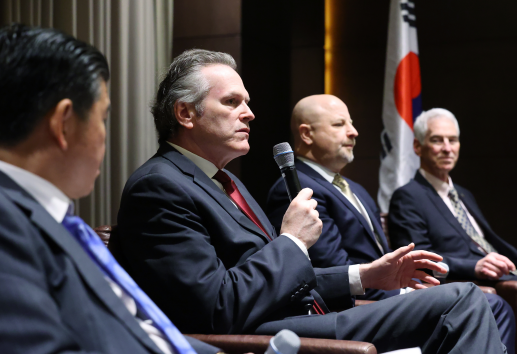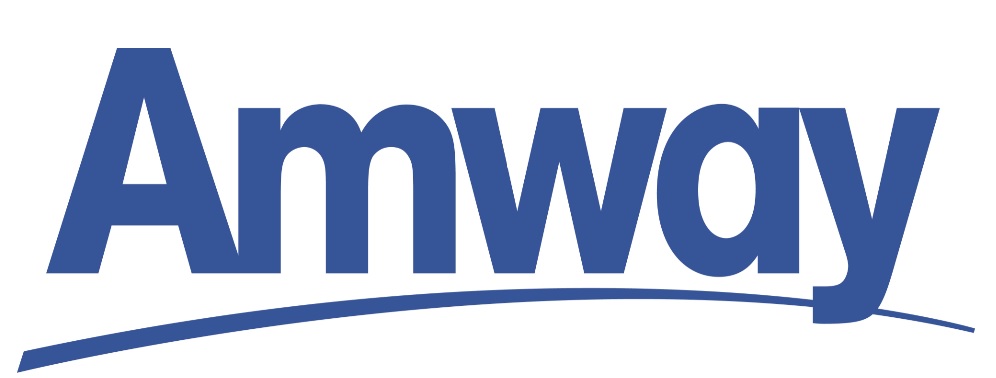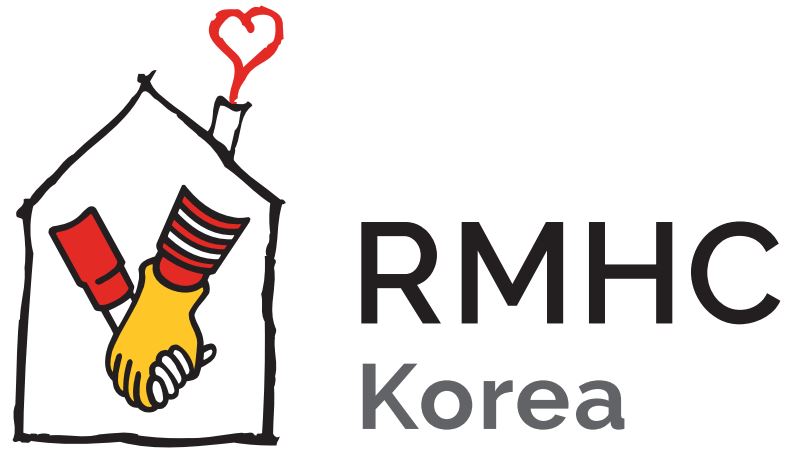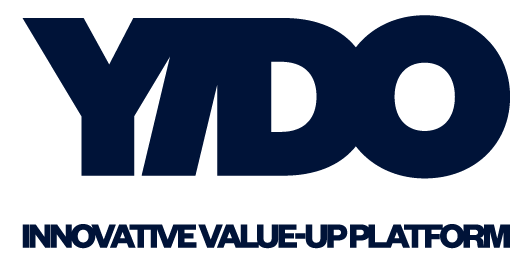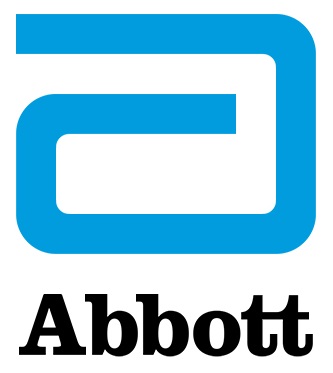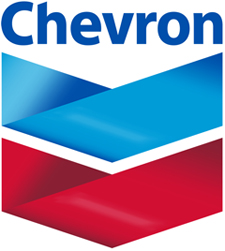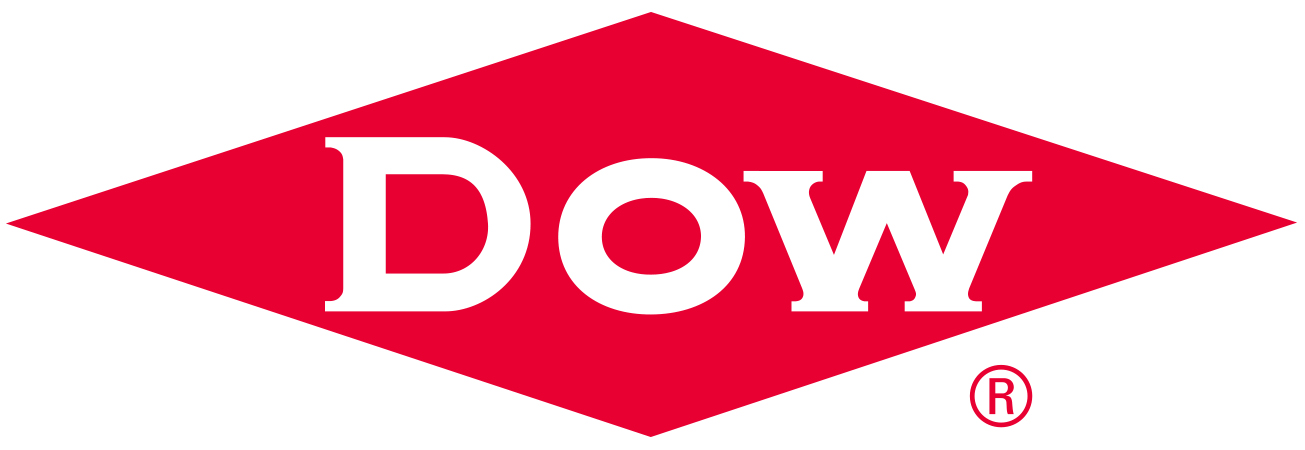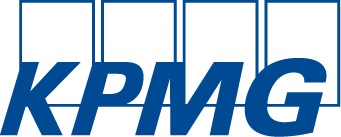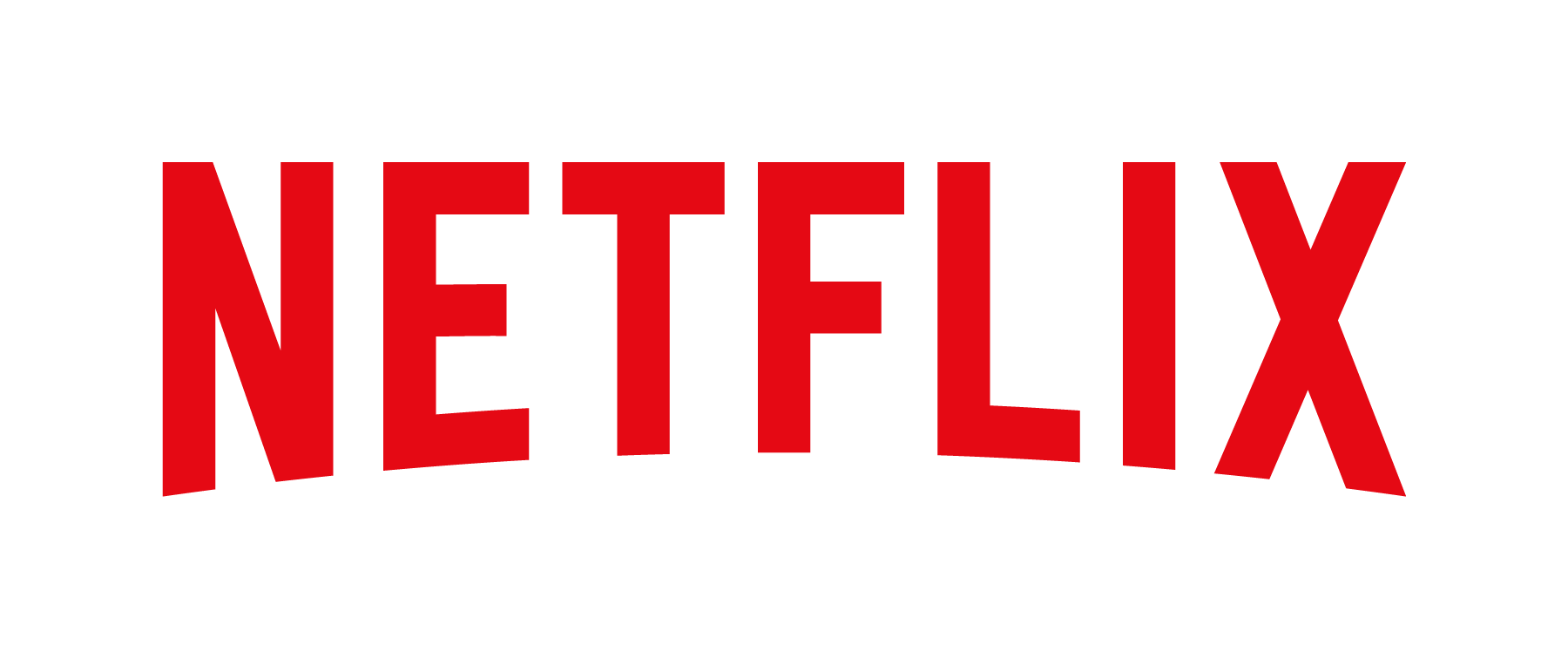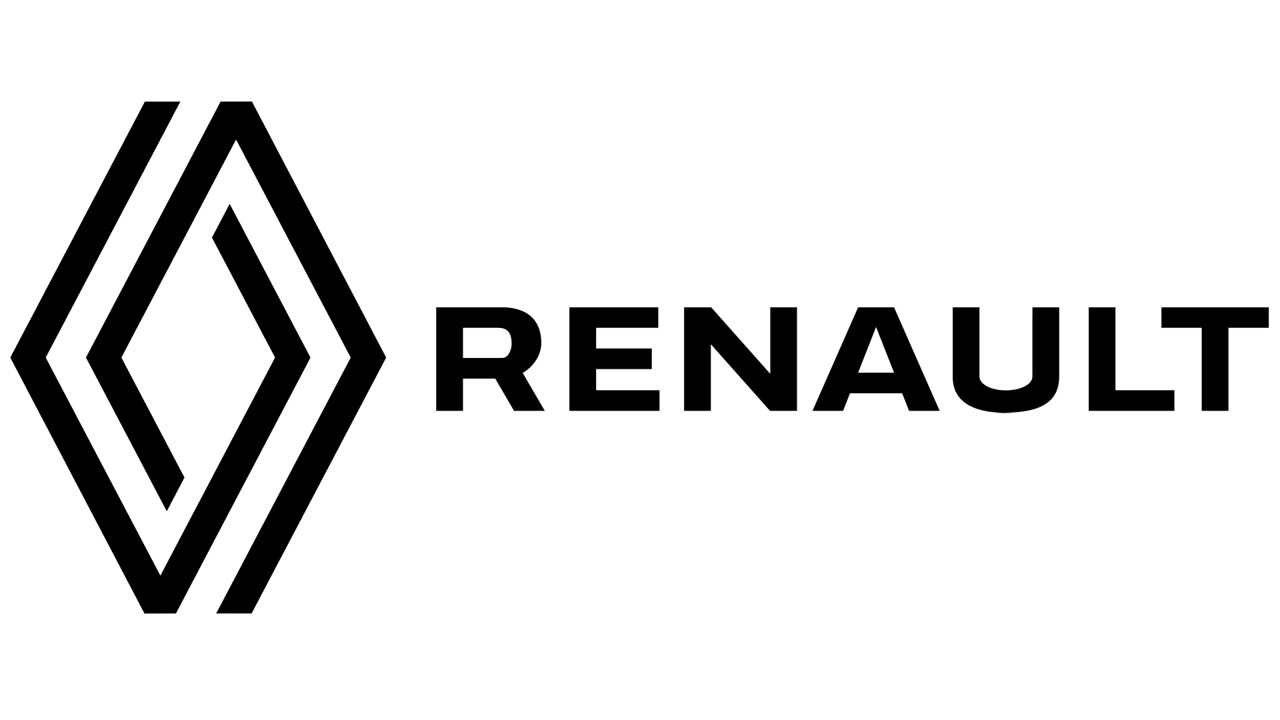The
Frontman Selling Trump’s Largest Energy Project to Nervous U.S. Allies
Alaska Gov. Mike
Dunleavy is on a mission to convince Asian partners a $44 billion natural gas
project is worth it
By Timothy W. Martin in
Seoul and Benoît Morenne in Houston, The Wall Street Journal - Watching from
his living room, Alaska Gov. Mike Dunleavy sat glued to President Trump’s
televised speech to Congress earlier this month, when he heard the words that
immediately energized one of America’s most ambitious energy projects—and sent
him jet-setting across Asia.
Trump touted a
“gigantic natural gas pipeline” in Alaska that “will be truly spectacular.” It
had received its permits and was all ready to go, he said, adding that “Japan,
South Korea and other nations” wanted to be major investment partners.
“We were the only ones,” Dunleavy said in an
interview in Seoul, “the only state who got a shout out.”
Now Dunleavy must make
Trump’s declaration a reality. At stake is one of America’s costliest energy
projects: investing $44 billion to pipe natural gas from Alaska’s far north,
liquefy it and export it. If built, the pipeline would give a major boost to U.S.
exports to Asia, which represent roughly two-thirds of the world’s LNG supply.
Dunleavy, a 63-year-old
Republican who is close to Trump, has embarked on a 12-day trip to Taiwan,
Thailand, South Korea and Japan. They are four of Washington’s closest allies
in Asia. They also happen to possess some of the world’s largest trade surpluses
with the U.S.
As Trump seeks to
vanquish trade imbalances, Dunleavy is offering nervous Asian partners a way to
close the gap by spending big on the Alaska plan. They can co-invest, commit to
large future purchases of gas or do both. His pitch to Asian officials and business
leaders: “Getting gas from America is always a good thing.”
His state’s plan,
called Alaska LNG, features a roughly 800-mile pipeline that would feed gas to
a yet-to-be-built liquefied natural gas terminal. The project has been in
planning for more than a decade and has yet to break ground. The first delivery
to Asia is at least four years away.
Not long ago, Japan and
South Korea, the world’s biggest LNG importers after China, snubbed overtures
from the Alaska project’s backers, instead inking deals with Gulf Coast
companies such as Venture Global and Cheniere Energy.
Today is a different
story. During Dunleavy’s visit, a Taiwanese state energy firm signed a
nonbinding agreement to invest in the pipeline and buy millions of tons of LNG.
South Korea’s trade minister praised Alaska’s “infinite possibilities for
growth” in a meeting with the governor and promised the country’s cooperation.
Japanese Prime Minister Shigeru Ishiba, during a White House visit last month,
called Alaskan LNG imports “something really wonderful for us.”
“Our best chance of making it happen is now,”
said Dunleavy, who stands 6-foot-6 and worked as a school superintendent before
running for office.
Trump on his first day
back in office issued an executive order rolling back many of the Biden
administration’s environmental restrictions on Alaska and removing barriers to
energy development. At a White House dinner days before Trump’s speech to
Congress, Dunleavy and the president discussed the “largest project on the face
of the world,” the governor recalled. Trump told him: “Let’s get it done. Let’s
not just talk about it.”
The pipeline would have
a maximum daily capacity of 3.3 billion cubic feet of gas, amounting to roughly
a third of Alaska’s natural gas production. The LNG terminal would reach an
annual export capacity of 20 million tons of LNG, comparable with the size of
the U.S.’s other largest terminals on the Gulf Coast.
Developers will have to
wrestle with Alaska’s extreme conditions. Buyers looking to please Trump with
additional purchases of LNG have plenty of options elsewhere in the U.S. Trump
lifted a Biden-era pause on new LNG exports.
Even developers
operating on friendly terrain such as the Gulf Coast, where they have easy
access to abundant natural gas, are facing headwinds such as rising labor costs
and Trump’s 25% tariffs on steel and aluminum. Hardware and steel typically
represent about a third of the construction cost of a LNG plant.
“You’ve got to figure out, you know, how to get
the project commercialized, how to get it financed, how to get it built, right?
Things aren’t getting any cheaper,” said Jack Fusco, Cheniere’s chief executive
officer, commenting on LNG projects in general.
One spur for the
project is Alaska’s own demand. The gas fields that heat homes in the Anchorage
area are nearly depleted. A new pipeline could serve the state’s consumers and
feed gas to an export terminal.
Securing federal loan
guarantees for the project would be a big help to developers, who otherwise
have to persuade lenders to take on significant financing risks. Alaska LNG is
eligible for a roughly $30 billion federal guarantee. Earlier this month, Alaskan
lawmakers urged Energy Secretary Chris Wright, a former oil chief and LNG
booster, to help the project apply.
The Alaska LNG project
first emerged in 2014, backed by heavyweights such as Exxon Mobil, BP and
ConocoPhillips. Within years, they pulled out, leaving the project in state
hands. A 2017 deal with Chinese backers later fell through.
When Dunleavy ran for
governor in 2018, he was “absolutely a skeptic.” But he changed his mind as
supply chains were rewired after the pandemic, wars raged in Europe and the
Middle East, and an artificial-intelligence boom heightened the need to avoid
power outages.
“It was a hope before,” Dunleavy said. “The
whole world changed in a few short years.”
The two-term governor,
who was re-elected in 2022, grew up in Scranton, Pa. Right after college,
Dunleavy’s love for the outdoors brought him to Alaska, where he initially
worked at a logging-camp shop. He has lived in the state ever since.
Dunleavy’s Asia tour
ends on Sunday in Japan. During his trip, Dunleavy parried questions about the
project’s ambition or cost by saying the gas deliveries could arrive in just
over a week, sailing through uncontested waters in the Pacific.
What the U.S. wants,
Dunleavy said, is to ensure it has enduring friends in the Pacific based on
mutual respect and understanding.
“Gas helps with that because it will provide
energy security for at least 50 years,” he said.
Source: https://www.wsj.com/world/asia/trump-lng-pipeline-mike-dunleavy-alaska-governor-32858e9d?mod=Searchresults_pos1&page=1




